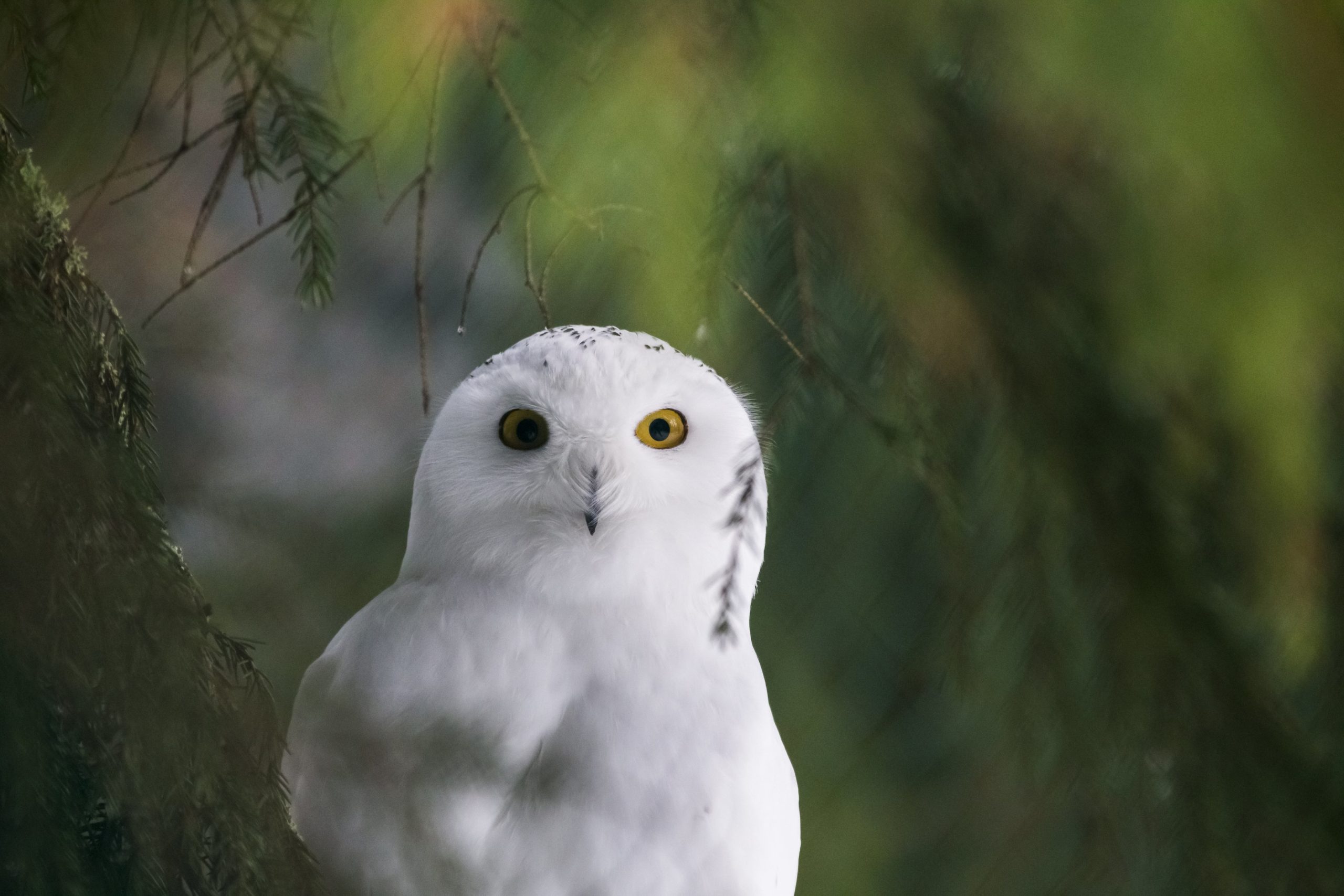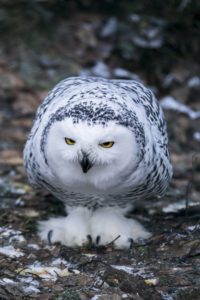
Snowy owl
LIVING HABITS
The snowy owl is typically found in the northern circumpolar regions, preying mainly on lemmings, and voles. They prefer to nest on treeless mountain tops. If food is scarce, snowy owls quickly leave to prowl on other pastures: usually to the east or to the west, sometimes also to the south. While migrating they can be spotted even on islets and archipelagos on the coastline, or even on city rooftops. The snowy owl preys on food even during the light period of the night, as opposed to some other owls that are mainly active at dusk and dawn; up north the nights are light in the summer, as opposed to the winter when it’s mostly dark through day and night. The snowy owl population varies according to their food supply; some years there are no snowy owls, but in the peak years of lemming population they may breed even in the northernmost parts of Lapland.
PROTECTION
The snowy owl is not an endangered species globally, but in Finland they are listed as critically endangered. The snowy owl, like our other owls, is a protected species in nature conservation areas. Their main food, lemmings are getting ever fewer; the lemming population may be affected by climate change; the survival of the snowy owl becomes ever more difficult with the decline in the lemming population.
ADAPTING TO WINTER
The snowy owl is an arctic species with mainly white colouring, rendering them good adaptation to the snowy environment. In the winter their plumage is thicker than in the summer, also protecting the legs. The feathers at the base of the beak isolate from the cold.
Snowy owl
Bubo scandiacus
Order: Strigiformes – Owls
Family: Strigidae – Owls
Size: Weight: 1800-3000g, wingspan: 140-165cm, females larger than males.
Breeding: The female lays 4-8- eggs in April-May, incubation period: 30-38 days and nights.
Lifespan: Lifetime: according to ringing data, the oldest snowy owl has lived to 10 years of age.


Did you know…
Did you know, that the plumage of the female snowy owl is spotted for them to better hide during their hatching period? The snowy owl nests in a hole on the ground, sometimes building a scrape on top of a mound or boulder. The pure-white male defends the nest and the young ones from predators by distraction of attack displays. The male may also be perched high on a rock to attract the possible intruder’s attention to himself.




